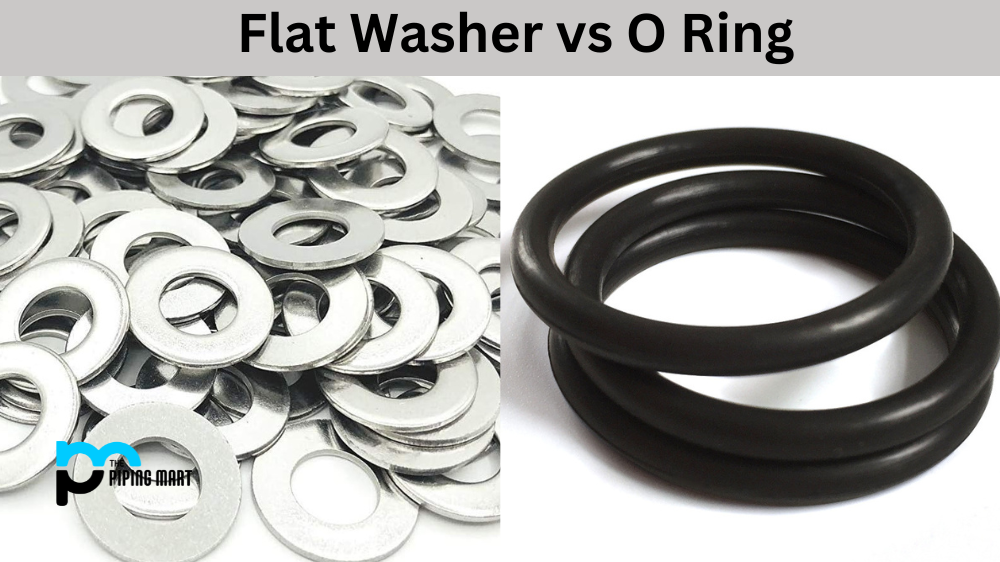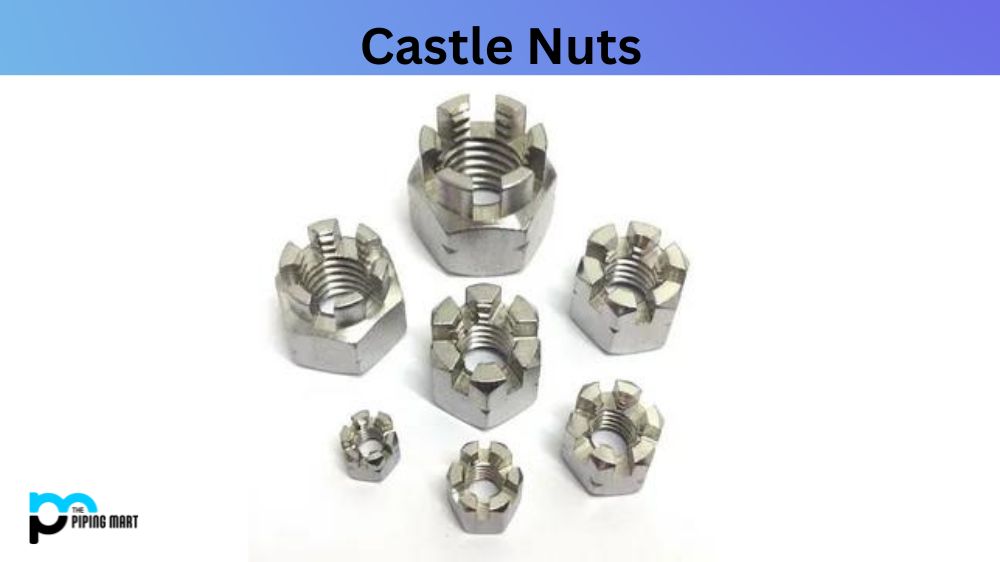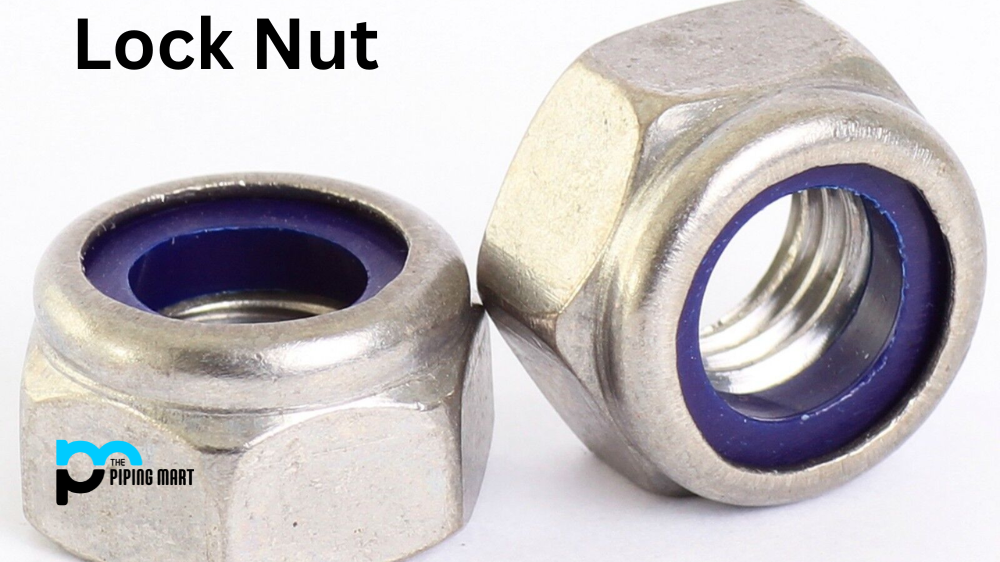Mechanical fastening is a crucial component in the industrial realm, and screw fastening is one of today’s most popular techniques. Vented screws, in particular, have captured the attention of manufacturers and mechanical engineers worldwide. But what are vented screws? How do they differ from standard screws? What are the properties of these screws? What are their uses and applications? This blog post aims to answer these questions and provide everything you need about vented screws.
What is Vented Screws?
Vented screws are designed to prevent heat buildup in applications that require a high torque force. They feature an integrated hole, or vent, located near the tip of the screw which allows air to escape during tightening. This helps reduce friction, allowing for increased torque without generating excessive heat build-up and preventing heat damage to the equipment being fastened.
Vented Screws Properties:
Vented screws are designed with a hollow core that allows air, gas, or other liquids to pass through while securely fastening two surfaces. They typically have a tapered or straight thread and an unthreaded shank, making them ideal for general-purpose and high-pressure applications. Vented screws are available in various materials, including steel, aluminium, and brass, providing flexibility in application and corrosion resistance.
Vented Screws Uses:
Vented screws are primarily used in applications requiring pressure equalization and ventilation. These screws act as vents and release trapped air, gas, or liquid pressure, making them ideal for applications such as hydraulic systems, pneumatic cylinders, and tanks. Automotive, aerospace, and marine industries rely heavily on vented screws to ensure their projects operate safely and effectively.
Vented Screws Applications:
One of the most significant applications of vented screws is in hydraulic systems. In such systems, air can become trapped, leading to pressure surges. Vented screws provide a means for air release, preventing hydraulic pressure spikes, which can damage machinery or even cause catastrophic failures. They are also commonly used in the aerospace and oil and gas industry for similar reasons.
How to Use Vented Screws:
Vented screws are easy to install and work similarly to standard screws. During installation, ensure that you match the vent location correctly with the application requirements. The vent should be positioned parallel to the surface to guarantee airflow.
Conclusion:
In summary, vented screws are essential in various industries, from automotive to aerospace. These screws offer a reliable solution for pressure equalization and ventilation, making them ideal for high-pressure systems. With proper usage and application, vented screws can help guarantee machinery safety, prevent failures, and ensure optimal system efficiency. We hope this blog has provided sufficient information on the properties, uses, and applications of vented screws.

A passionate metal industry expert and blogger. With over 5 years of experience in the field, Palak brings a wealth of knowledge and insight to her writing. Whether discussing the latest trends in the metal industry or sharing tips, she is dedicated to helping others succeed in the metal industry.




